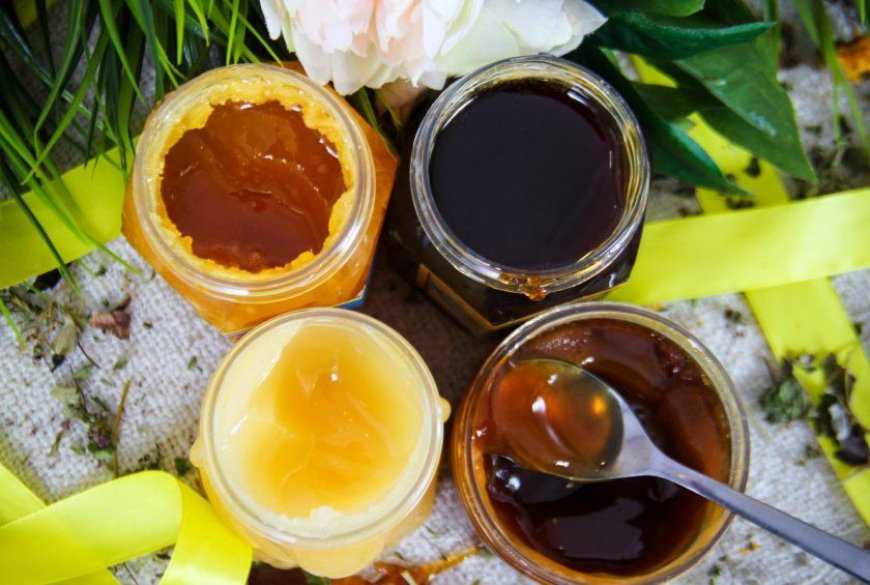How to Choose the Right Natural Balm for Your Skin Type
Discover how to choose the right natural balm tailored to your skin type. Learn what ingredients work best for dry, oily, or sensitive skin.

Finding a skincare product that’s both natural and effective can feel overwhelming especially when you're looking for something as versatile and healing as a balm. Natural balms are a skincare staple for many because of their ability to soothe, moisturize, and protect the skin, all without synthetic chemicals or unnecessary additives.
But not all natural balms are created equal. The best balm for you depends heavily on your skin type, and knowing which ingredients to look for (or avoid) can make all the difference. This guide breaks down everything you need to know to choose the right natural balm that your skin will love.
What Makes Natural Balms So Effective?
Natural balms are rich, wax-based products typically made with a blend of oils, butters, and botanical ingredients. Unlike lotions or creams, balms are waterless, which means they are ultra-concentrated and long-lasting. They form a protective barrier on your skin, locking in moisture and shielding against harsh environmental elements like wind, cold air, and pollution.
Whether you’re dealing with chapped lips, flaky skin, eczema, or just need a nourishing nighttime treatment, balms offer a flexible solution. Brands like Sweet bee offer clean, multi-purpose balms using nourishing ingredients like beeswax, propolis, calendula, and essential oils all designed to help skin restore itself naturally.
Step One: Know Your Skin Type
Before you invest in a natural balm, it’s crucial to identify your skin type. This step ensures that you’re not using a balm that’s too heavy, too light, or potentially irritating.
-
Dry Skin: If your skin feels tight, itchy, or visibly flaky, you’ll benefit from deeply moisturizing balms with rich oils like avocado, olive, or coconut, and occlusive agents like shea butter or beeswax.
-
Oily or Acne-Prone Skin: Look for non-comedogenic ingredients such as jojoba oil, grapeseed oil, and tea tree extract. These oils mimic the skin’s natural sebum and help balance oil production without clogging pores.
-
Sensitive Skin: You’ll want calming balms free from added fragrance and harsh essential oils. Ingredients like calendula, chamomile, and aloe vera are ideal for reducing inflammation and redness.
-
Combination Skin: You may need to use different balms for different areas of your face, or choose a lightweight option that hydrates without overwhelming your skin’s oily zones.
Understanding your skin's basic behavior makes ingredient selection much easier and reduces the risk of irritation or imbalance.
Choosing Ingredients That Work for You
Once you’ve determined your skin type, your next step is checking ingredient labels. Natural doesn’t always mean suitable so be sure to choose balms made with intentional, skin-friendly formulations.
For dry skin, look for:
-
Shea butter
-
Cocoa butter
-
Avocado oil
-
Beeswax
These ingredients help seal in moisture and repair the skin barrier.
For oily or acne-prone skin:
-
Jojoba oil
-
Hemp seed oil
-
Zinc oxide
-
Green tea extract
These keep pores clear while offering hydration and healing.
For sensitive skin:
-
Calendula
-
Chamomile
-
Aloe vera
-
Oat extract
These soothe and calm irritation while reducing redness and itchiness.
Multi-Purpose Balms: When to Use Them
One of the biggest benefits of a natural balm is its versatility. A well-formulated balm can be used on lips, elbows, cuticles, feet, and even as a facial moisturizer or healing salve. This makes it a great option for minimalists and those with reactive skin types who want to limit their exposure to multiple products.
Brands like Sweet bee excel at creating multi-use products that are safe enough for delicate areas yet potent enough for problem skin. A good all-purpose balm can save space on your skincare shelf while delivering consistent results across different skin concerns.
How to Apply Balms Properly
Application technique matters when it comes to getting the most out of your natural balm. For best results:
-
Always apply balm to clean, slightly damp skin to help lock in hydration.
-
A little goes a long way start with a small amount and warm it between your fingers before applying.
-
Use gentle, upward motions to spread the balm over your face or targeted area.
-
For overnight repair, apply a thin layer before bed and let it absorb as you sleep.
Don’t forget to patch test any new balm before full application, especially if you have sensitive or reactive skin. Apply a small amount to your inner wrist or behind your ear and wait 24 hours to check for any reaction.
Final Thoughts
Choosing the right natural balm for your skin type is about more than following trends it’s about understanding your skin’s needs and selecting ingredients that support healing and hydration. With the right match, your balm can be a year-round essential that improves skin health while keeping your routine simple.
Whether you have dry patches, oily areas, or need something to soothe sensitive skin, there's a balm out there that can do the job especially when it’s crafted with thoughtful, clean ingredients. Products like those from Sweet bee show that nature truly has everything we need to nourish and protect our skin.

























































































































































